Stay Up To Date
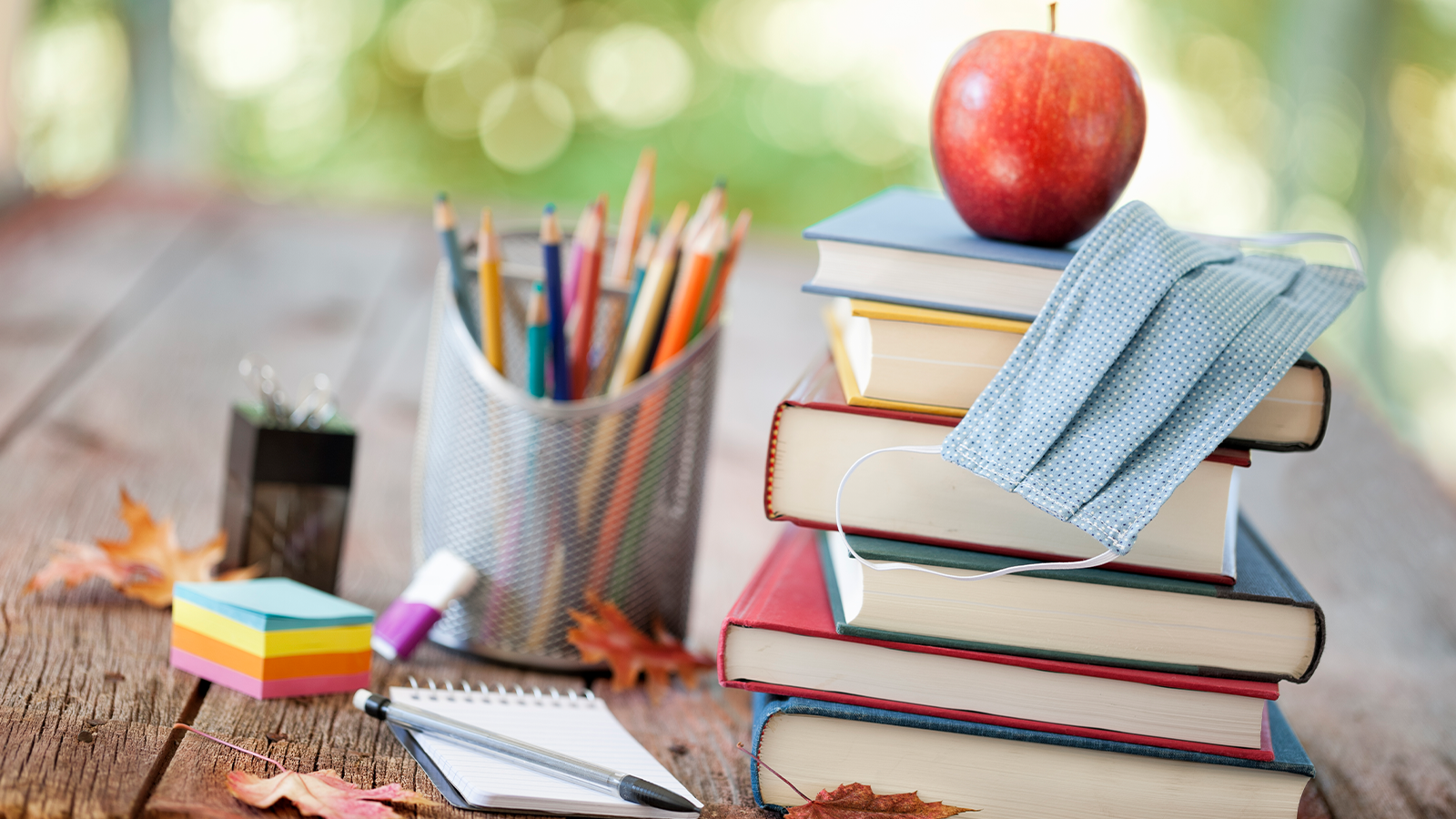
Teaching Remotely: A Reflection for This Upcoming School Year
As I think about my virtual learning experience in the time of quarantine, I will say the feeling that is more dominant than most is “dislike.
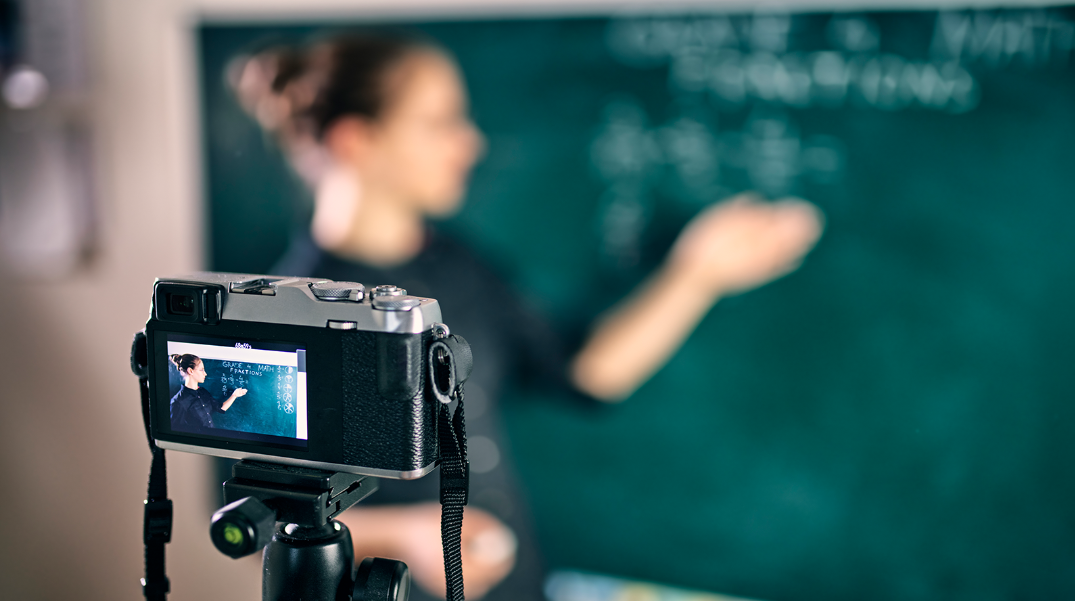
Teaching Remotely: What I’ve Learned So Far
The times in which we are living are truly odd and unprecedented.

How to Transition to a Blended Social Studies Curriculum
A few years ago, I “splashed” into the blended learning scene only to abandon it several months in.
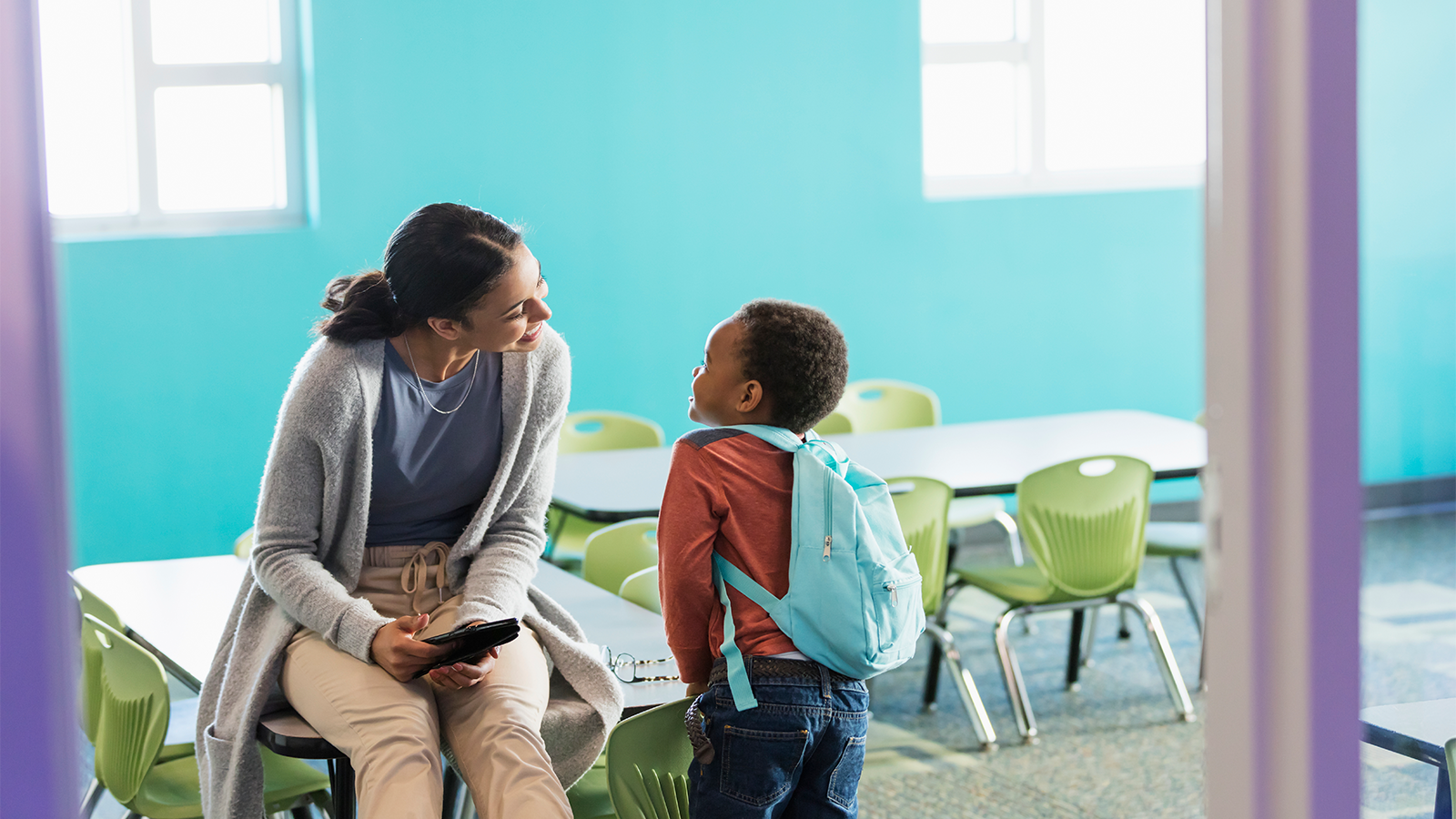
5 Ways Teachers Can Address Socioeconomic Gaps in the Classroom
For my first permanent teaching position, I was lucky enough to fill a history position at a small K-8 school in a rural community.
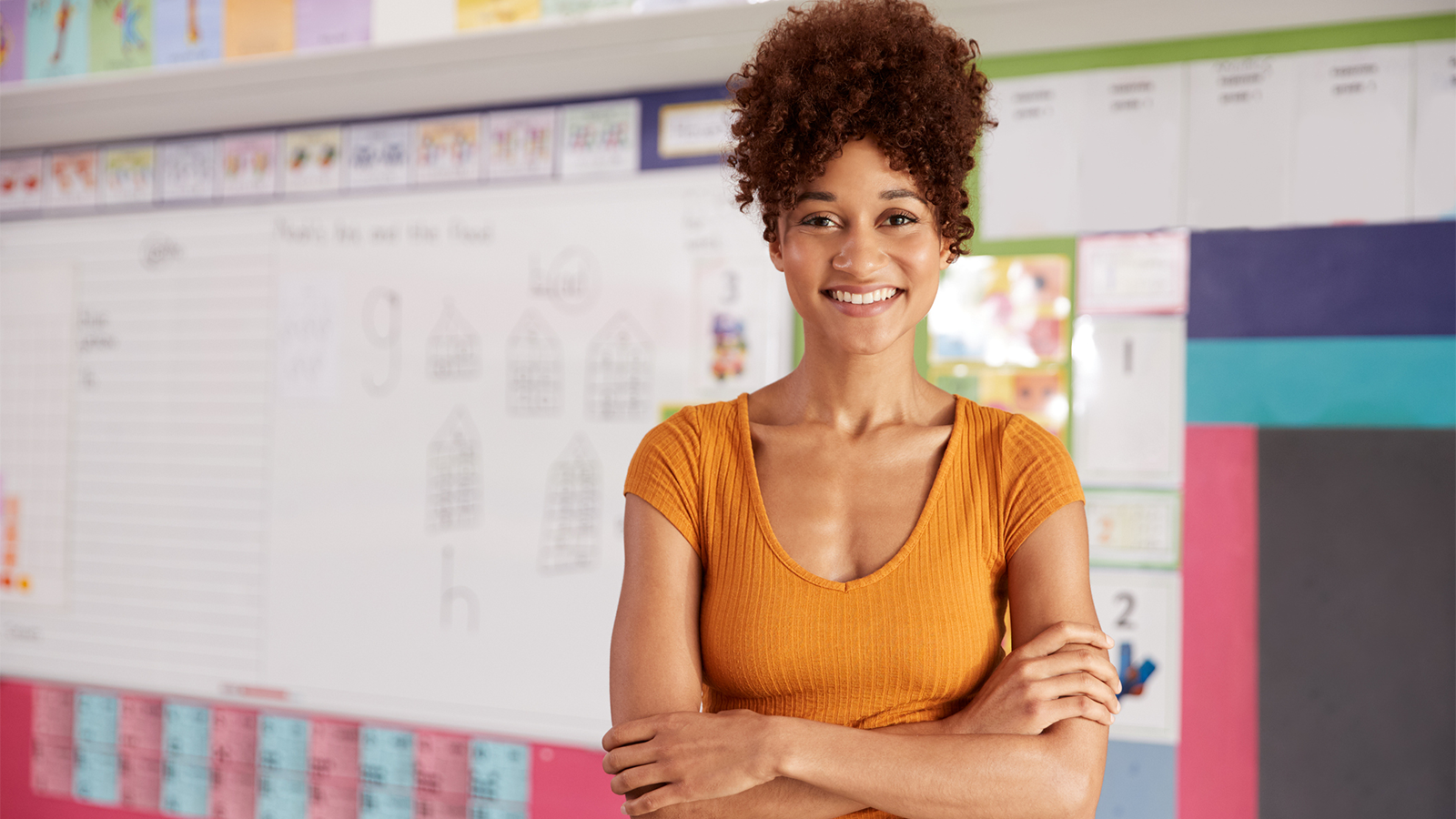
10 Tips for New or Transitioning Teachers This School Year
This past school year, I transitioned from a K–8 school to a high school.

3 Activities to Celebrate International Women’s Day with Your Classroom
International Women’s Day is March 8 and presents an opportunity to celebrate women from throughout history.
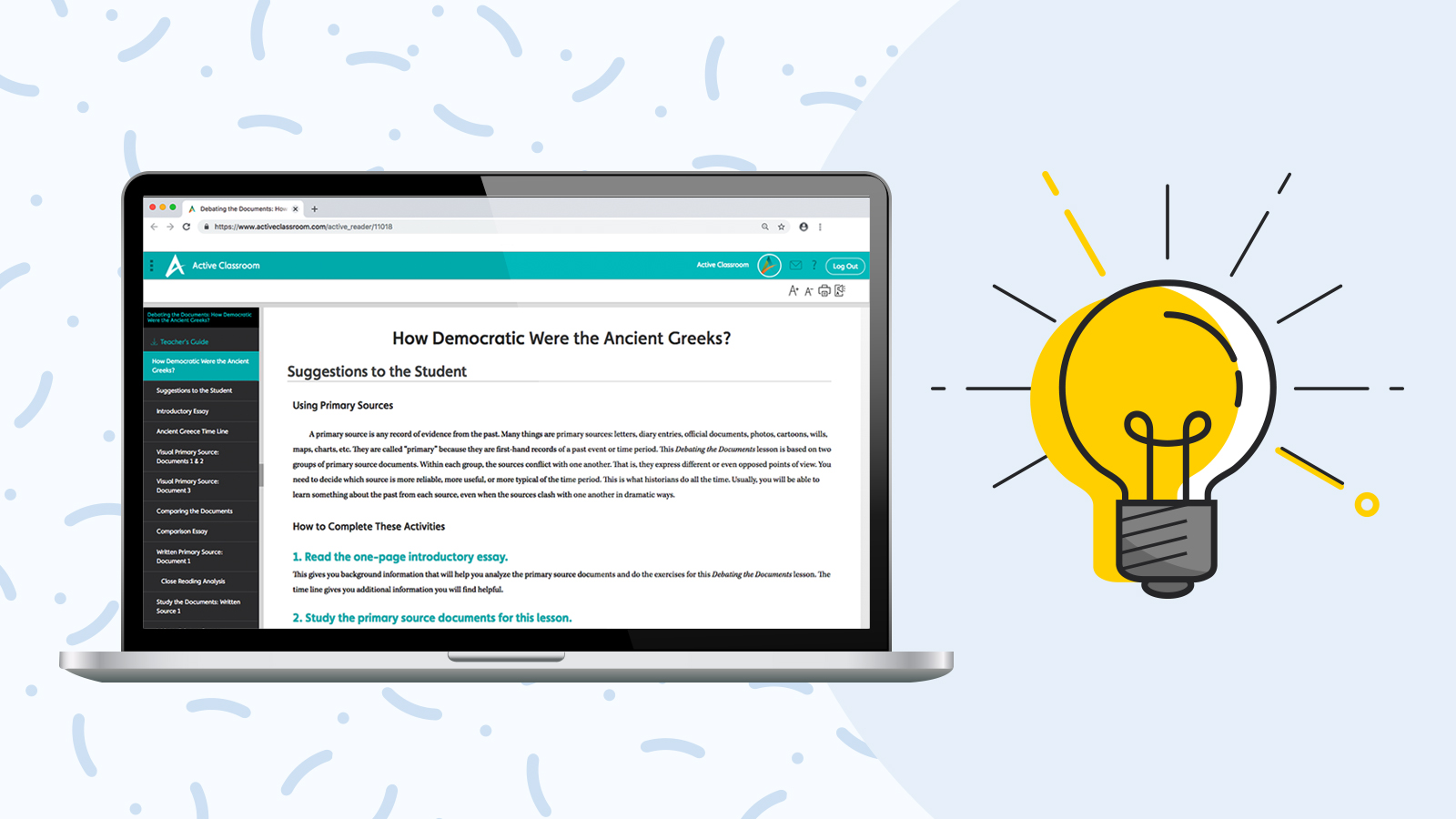
5 Active Classroom Activities to Help Your Students Build Critical Thinking Skills
Thinking is hard.
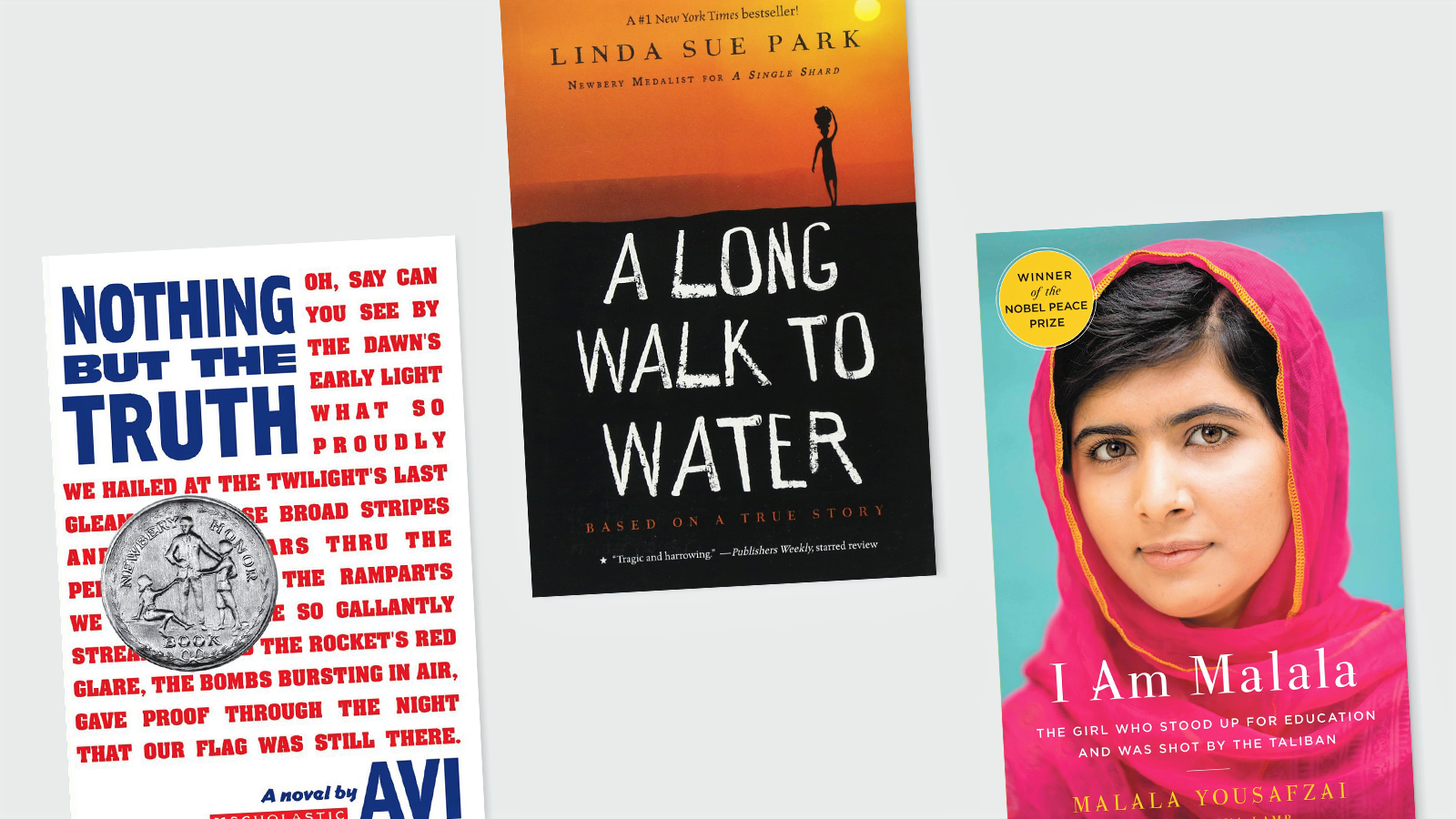
3 Books to Support Geography and/or Civics in the Classroom
My last post was about quality novels to teach in the American history classroom.
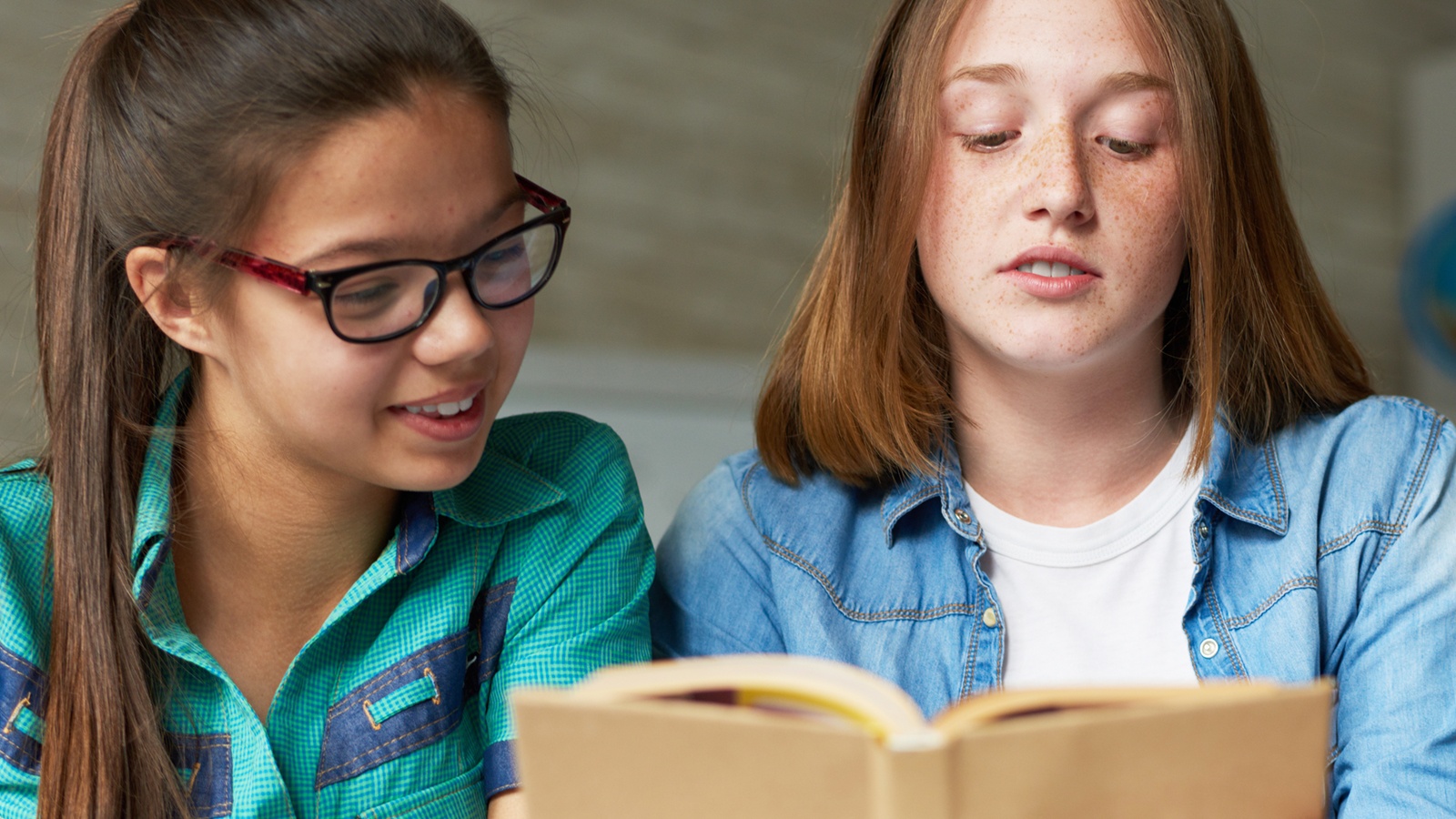
Reading Strategies for Middle School Novels in Social Studies
When I implement a novel study in social studies, there are a few activities that really work for me in terms of aiding student comprehension.